Overview of the stages of depression
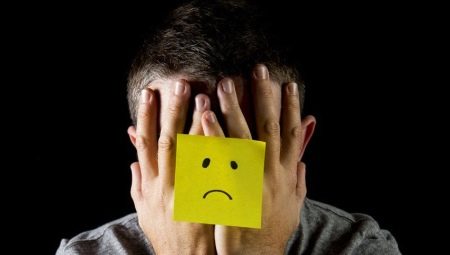
Any person at some point may be faced with a condition accompanied by a low mood and indifference to ongoing events. The subject ceases to receive joy and pleasure from life. He feels sadness, general depression of the emotional background, complains of sleep and appetite disturbances, absent-mindedness. These symptoms may indicate depression. It must be treated, otherwise a neglected disease can cause suicide.

Main stages
The depressive state builds up gradually. A person goes through several stages of the disease. There are various classifications in psychology. One of them assumes division into mild, moderate and severe. According to the severity of the increase in depression, it is customary to distinguish three phases.
The first
The initial stage is characterized by apathy, lethargy, increased fatigue and unwillingness to perform any action. The speed of thought processes is reduced. The patient may have a lack of appetite, restlessness, anxiety, nervousness, and mild irritability. Excessive daytime sleepiness and nocturnal sleeplessness are common symptoms of this condition. In the evening, the individual suffers, cannot sleep, and then sleeps more than the norm.

Sleepiness is the body's defense response to incipient depression.
Most people can't concentrate. This circumstance affects performance. The person loses interest in previous hobbies, does not want to contact relatives and friends. Many people are annoyed by smiling, cheerful and optimistic people.A person does not want to meet friends, often complains about the meaninglessness of existence. The subject is alienated from the real world, prefers to spend most of the time in splendid isolation.
Ladies lose interest in jewelry, forget about makeup. Dark tones begin to prevail in the wardrobe. An individual may not be aware of what is happening to him for a long time. He wanders aimlessly through the streets, lying on the couch for hours, watching TV. A person seeks to give himself rest, which does not lead to the desired result. Mental suffering intensifies, mood swings become more frequent.

A person often associates a depressed state with a bad mood, unfavorable weather conditions or poor health.... Sometimes others are misled by the excessive shocking of the sick person. It is not uncommon for the subject to play to the audience in an attempt to attract the attention of outsiders. This behavior is observed in people in the first (masked) stage of depression. A person seeks in this way to independently cope with psychological problems, to drive away oppressive thoughts from himself.
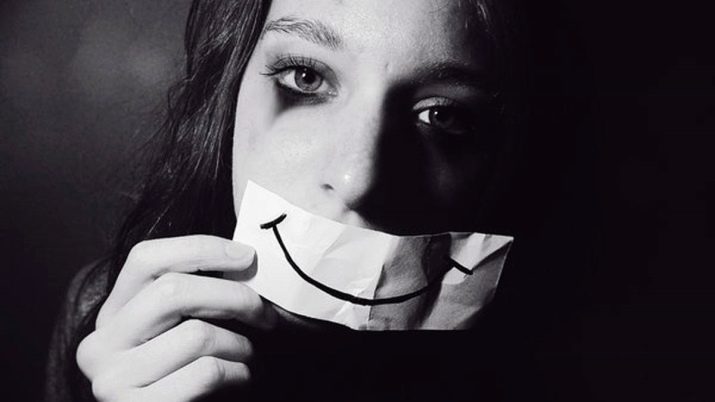
Loving and caring relatives can provide support and assistance at the initial stage of the disease. In this case, most often the subject dispenses with medication. But not every person is able to suppress the growing unpleasant symptoms. Then it will take intervention of a psychotherapist.
The second
The transition to the next stage of depression is associated with the restructuring of the whole body due to the cessation of the production of the hormone of happiness - serotonin... Mood swings are much less common than they used to be. The subject expresses an outward calmness. These signs indicate that a deep apathy has already taken possession of the person. The individual is aware of his inability to cope with the situation. He accepts this fact.
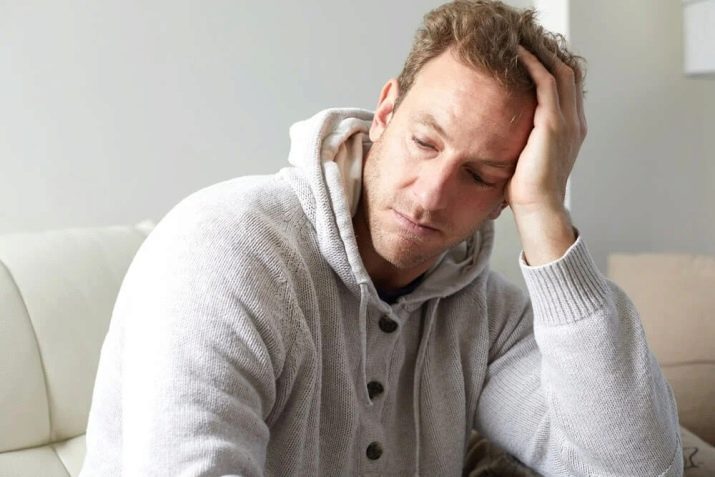
A person can exacerbate chronic diseases, develop chronic insomnia, and completely lose appetite. Sometimes the subject thinks up illnesses for himself. It seems to him that he has problems with the heart, liver, kidneys. The individual begins to visit various doctor's offices. Information about the absence of diseases leads a suspicious patient to hypochondria and phobias. He has a fear for his own health. Some have hallucinations, insomnia progresses. Often, the patient has difficulties in building logical chains, incoherent speech.

Gloomy thoughts that haunt nightmares sometimes lead to an inability to think logically and adequately. The subject cannot control his own emotions and actions. People who are unable to cope with fearful thoughts begin to contemplate suicide. They are confident that only suicide will end their nightmare.
A person who is in the middle stage of depression does not tolerate any criticism in its address. In society, he is distinguished by incontinence, defiant and vulgar behavior. The individual behaves aggressively with strangers, insults them, spitefully and caustically makes fun of them.

This phase is characterized by an understanding of one's illness. The person realizes that he needs the help of a psychotherapist or psychiatrist.
It is possible to restore the patient's health at the second stage of the disease rather quickly, although he will need to take antidepressants and other medications.
The third
The last degree of depression is considered the most dangerous phase.... At this stage, the psyche of the personality is threatened by the included pathological processes. A person cannot control his behavior. He is capable of inflicting physical harm on himself and other people. The subject shows anger, reacts inadequately to the words and actions of those around him, if they do not correspond to his idea of the world.

The individual ceases to feel like a person, loses the meaning of existence... There is complete indifference to events and other persons. Most often, the patient refuses to be treated because of the emerging indifference to his own life.
He can lose memory, acquire manic-depressive psychosis and even schizophrenia. The predominance of suicidal thoughts becomes common during this phase of depression.
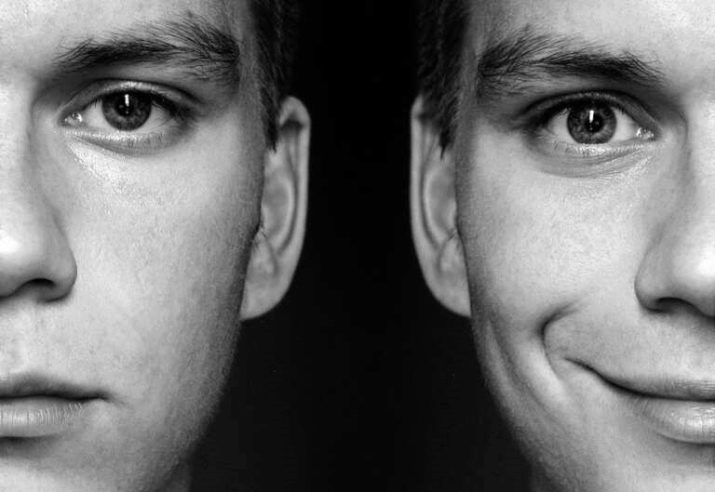
People in this state need the help of a psychiatrist. It is possible to get out of the third stage only through intensive treatment. It is no longer necessary to take antidepressants and other medications without taking antidepressants. It takes a long journey to return to normal life. Treatment should take place in an inpatient setting. The last stage of the disease is difficult to correct. It can take months or even years to return to your old life.
Alternative classification
Elisabeth Kubler-Ross proposes an alternative classification. She describes 5 stages of depression when a loved one is lost or a terminal illness is diagnosed. The cause of the appearance of a depressive state can also be job loss, incarceration, divorce, infertility or drug addiction. Tragic events lead people to certain phases of their life. But not everyone is faced with each of the described stages. The sequence of passing the stages can vary depending on the individual characteristics of the personality.
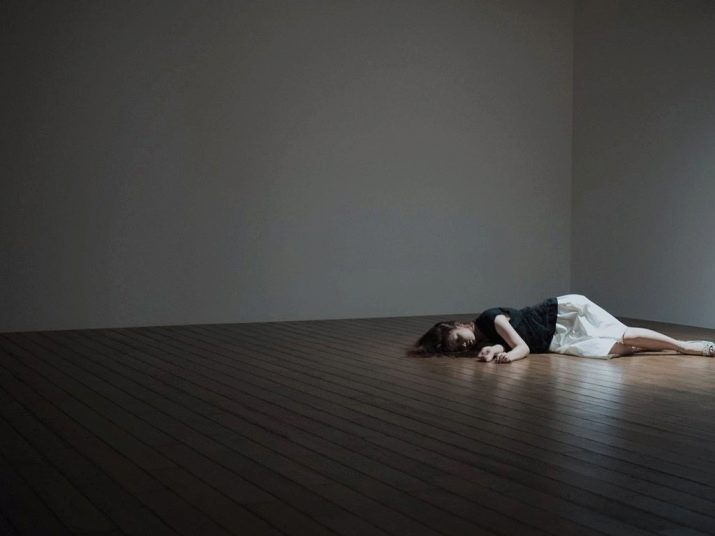
In 1969, an American psychologist publishes the book On Death and Dying, which describes alternative periods of depressive disorder.
- At first, the person denies the situation. He repeats to himself phrases like “No, no! It can not be so!" - "Not with me!" - "This is some kind of ridiculous mistake." Denial is a temporary defense reaction of the body. Subject refuses to accept the sad event. Those who survived the death of a loved one talk about him exclusively in the present tense, do not want to get rid of his things. Sometimes there is a demonstration of an unnaturally good mood and bouts of uncontrollable laughter.
- Stage 2 is characterized by anger and resentment. The individual considers what is happening to him as a huge injustice. He does not understand why this situation happened to him. The search for the guilty begins. If a person is seriously ill, then he refuses to cooperate with the attending physician. He is angry, often cries. Close people should not take to heart the outbursts of anger and the words of the patient. His anger is caused by the inability to control the situation.
- Phase 3 is characterized by the emergence of hope... Gradually, anger subsides, mental strength weakens. The subject turns to higher powers for help, begins to persuade himself that he can find the strength in himself to change his lifestyle or alternative methods of treatment. A kind of bargaining is taking place. Many are trying to make a deal with God, with life and other people. The patient listens to the doctor's recommendations. He wants to rectify the situation. This stage is characterized by a lack of aggression, thoughtfulness and quiet behavior of the patient. He believes in the normalization of the situation, subject to the implementation of a certain algorithm of actions.
- Then there is a peak of depression with all the ensuing consequences.... The patient realizes the inevitability of death. He feels the pain to the fullest and despairs. A subject who has lost a loved one does not understand why and how to live on. A person refuses to eat, from attending various events, withdraws into himself. His sleep is disturbed, sluggishness, lethargy, absent-mindedness appear. Fear, anxiety, longing, a sense of hopelessness instill in his heart. At this stage, experts do not advise cheering up the depressed individual. A person must go through a period of sadness on his own. Sometimes experts recommend medication.
- The final stage is characterized by acceptance of the situation. The individual gradually comes to humility.He understands that a loved one cannot be returned. Life goes on. The patient mentally accepts the inevitability of his own death and begins to cooperate with doctors. Mental relaxation sets in. A person, having made certain conclusions, begins to live in spite of everything. The mood is improving. The patient resumes his favorite activities, takes care of loved ones, strives for new acquaintances.

Depression recovery sequence
The most important condition for getting out of a depressive state is opportunity to speak out... It is necessary to provoke the patient into a conversation. In a conversation, there should be 90% of the speech of a sick person and only 10% vis-a-vis.
The next step is complete relaxation... A person needs to enjoy calm relaxing music. You can meditate.

Baths with scented essential oils and sea salt are recommended. Then it is advised to definitely drink hot tea.
Switching attention and thoughts is of great importance. It is very important for the subject to spend more time outdoors, breathe fresh air, listen to birdsong, admire trees and flowers. Experts recommend purchasing indoor plants and taking care of them. Pets can also help get rid of depression. Knitting, embroidery, drawing and other types of creation instill peace in a person and help restore peace of mind. Psychologists attribute any creative pursuits to the switching method.
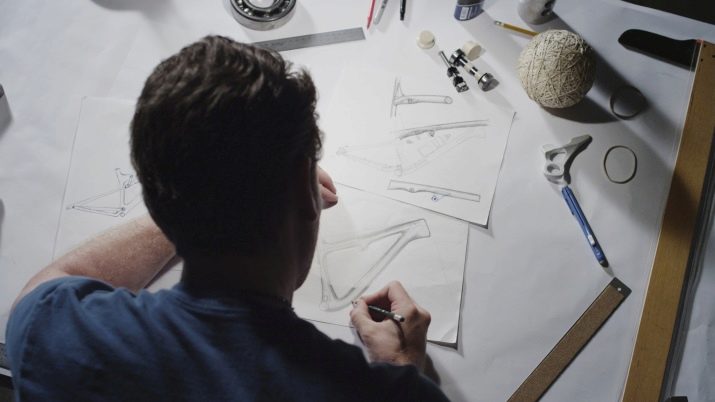
Compliance with the daily routine structures life. A drawn up plan for the near future, clearly set goals do not allow gloomy thoughts to settle for a long time in the head of a subject prone to depressive disorders. Unsystematic pastime leads to confusion and pessimistic reflections. Each person needs to learn to create.
Periodic mental re-creation of successfully completed situations increases self-esteem and inspires new things.









